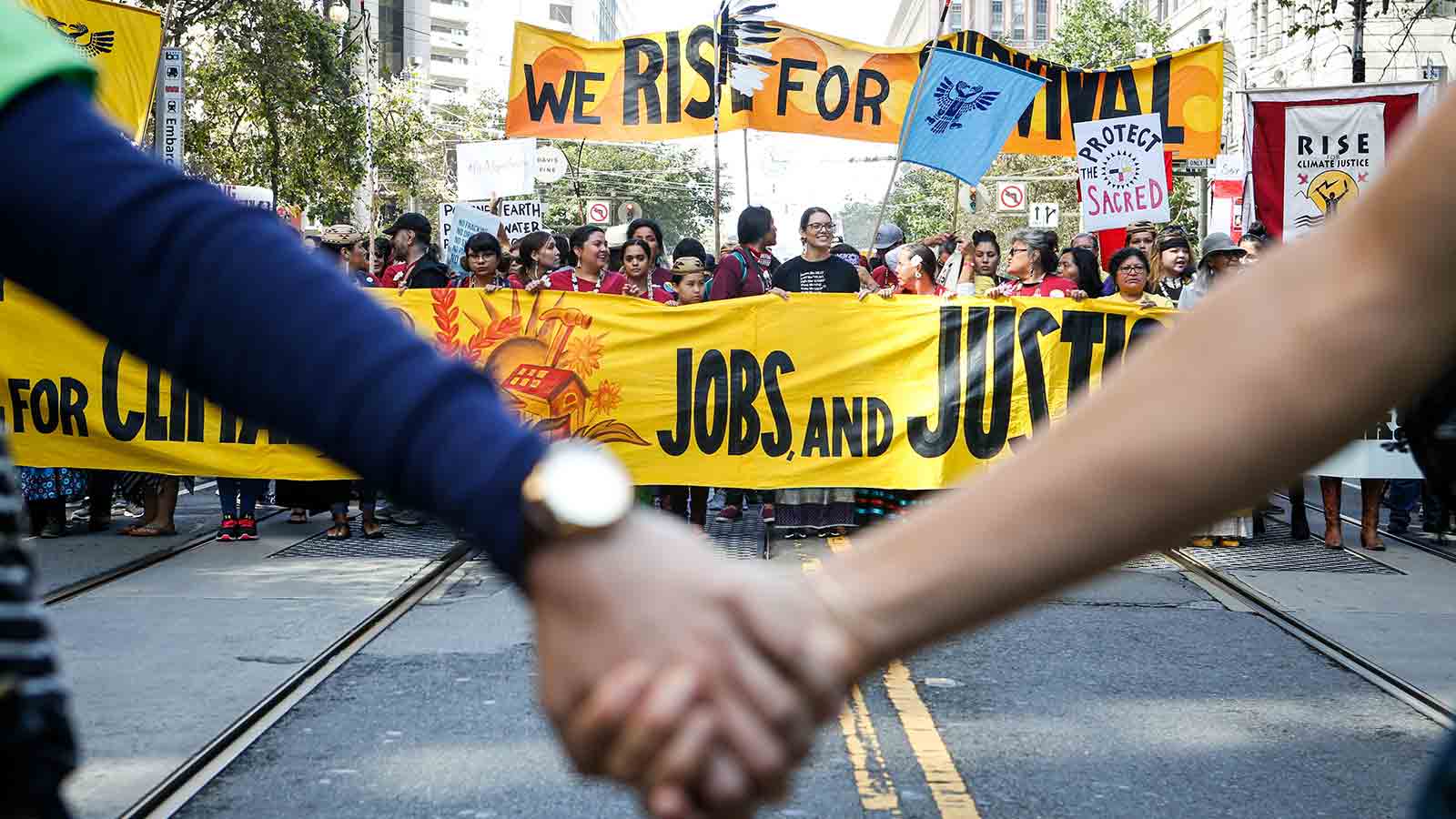


Climate Alliance that includes 25 states collectively pledging action on climate change, to the Global Covenant of Mayors for Climate and Energy, a network of more than 10,000 cities and subnational actors that includes nearly 10 percent of the global population (GCoM) 1. They range in diversity from small clubs of specific actors, such as the U.S. Networks of non-state actors (e.g., business and civil society) and subnational (e.g., cities and regions) governments have proliferated in number and membership since the 2015 Paris Agreement formally recognized their contributions to global climate change governance. We suggest that although actors may appear to be self-organizing and allocating climate actions in a mutually beneficial and synergistic way, there may also be missed opportunities for deeper coordination that could result in more ambitious action. Gaps in climate action for most actors include adaptation and consumption/supply-chain emission reduction efforts. We also find links between the strategies of regions and countries, whereas companies are disconnected. We find that climate mitigation in employee travel and office operations, green building standards, and municipal and citizen actions are common themes in climate actions across companies and city and regional governments, whereas approaches to setting targets in specific sectors and emissions scopes are more diverse. Here, we present a large analysis (n = 9,326), applying large-scale natural language processing methods and social network analysis to the climate strategy documents of countries, regions, cities and companies. Understanding the ways these actors are taking action and how they align with each other and national governments is critical given the need for coordinated actions to achieve ambitious global climate goals. Networks of non-state actors and subnational governments have proliferated since the Paris Agreement formally recognized their contributions to global climate change governance.


 0 kommentar(er)
0 kommentar(er)
